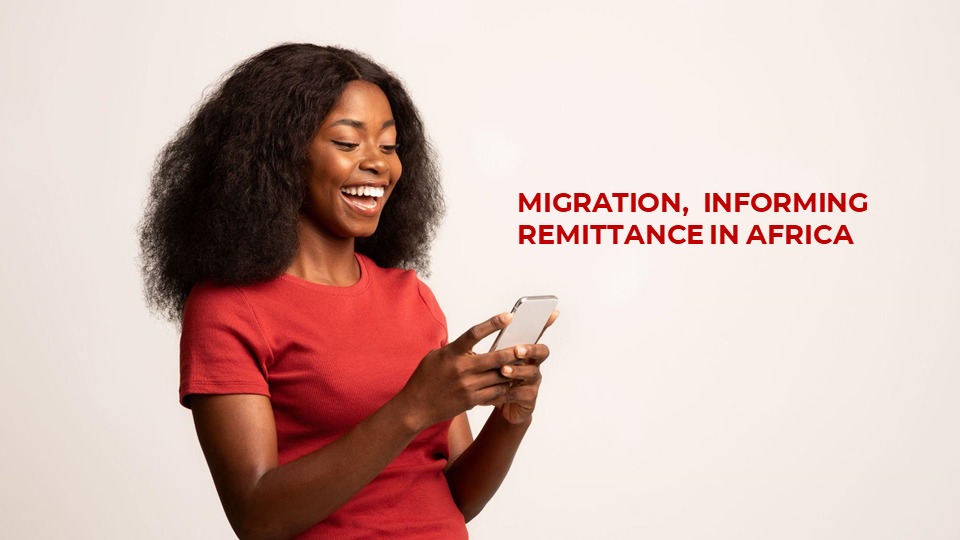Author:
Aston Njovu, Regional Product Manager (SADC) – Zeepay
International remittance has continued to remain significant on the African continent. Senders remit funds back home for various purposes including food, health, education and family support during tough times. For many, sending money home assures a sense of belonging as they feel closer to family.
There has been an increase in migration stock from and within the African continent post the COVID-19 pandemic, mainly stemming from the economic constrains experienced in several countries. History has proven that, increase in migration results in the increase in remittance as migrants send money back home. Currently 40.4 million Africans have migrated, among which 20.7 million have migrated intra-Africa. This indicates an increase of 2.6% CAGR in five years. We will further experience increased intra-Africa migration as the African Continental Free Trade Area (AfCFTA) is actualized in several countries.
In most cases an individual will migrate and settle in a host country and invite family as well as friends to settle join. The largest source countries for migrants are Egypt, Morocco, South Sudan, Somalia, Nigeria, Cameroon, Eritrea and the Gambia. With the largest host country being France with an estimated 4.3 million African migrants while on a continental front, Europe hosts 11 million Africans, Asia 4.8 million, and North America with 3.3 million. On an intra-Africa scope, there has historically been a strong movement towards South Africa, while Ivory Coast has the largest number of African migrants with UNDESA recording 2.5 million. The largest country of origin on the continent being South Sudan with 2.5 million emigrants mainly to Uganda, Sudan, Ethiopia, Kenya and the DRC.
Informed by the migration stock, Africans in the diaspora continue to increase the value of money sent back home as they support family, and friends cope with the economic turbulences. Remittance value has grossed USD 100.1 billion in Africa. This is more than the Foreign Direct Investments (FDI) and twice the Official Development assistance (ODA) received on the continent.
Remittance flows are a major contributor to the GDP of several countries hence the economic significance. This refers to countries like The Gambia, Comoros, Lesotho, Cape Verde and Guinea Bissau, where remittances represent more than 10 percent of GDP.
It is interesting to note that, 65 percent of the total remittance flow was directed to Egypt, Nigeria and Morocco in 2022. With the major send countries being the United States, Italy, France, United Kingdom and Canada. Intra-Africa remittances have further continued to surge with the top 5 largest corridors in being Cameroon – Nigeria 1.3 billion, Niger – Nigeria 1.2 billion, South Africa – Zimbabwe 957 million, Nigeria – Ghana 809 million and Benin – Nigeria 696 million.
While the above remittance performance is exciting, I am quick to mention that sending money in Africa is still very expensive. Some countries and regions have fees as high as 11 percent. Therefore, have a long way to go in achieving Goal 10. of the United Nations Sustainable Development Goals, which aims at dropping the remittance fee to 3 percent by 2030.
Digital financial institutions such as Zeepay are leveraging international remittances to disrupt the mobile money ecosystem. Zeepay prides itself as an enabler in reducing remittance fees, breaking financial borders while increasing financial inclusion in Africa from the current 51 percent.
The future of remittance and payments is an interesting one, as several factors are taken into consideration to drive growth as well as sustainability. Among these are, infrastructure and technological investments, proliferation in mobile wallet use cases, convenient cross border payments as well as collaboration among players in the Digital Financial Ecosystem.
I am excited to see how the next two years will unfold!
Source: RemitSCOPE Africa, World bank





